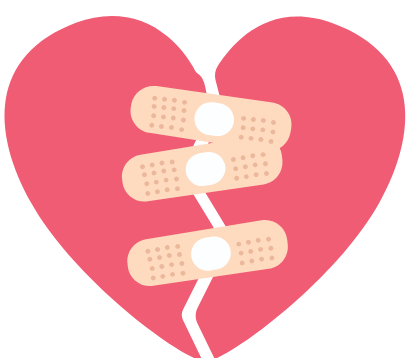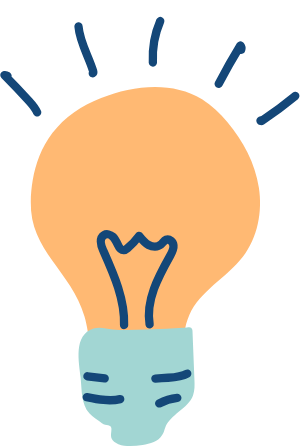Self-Harm & Suicidality
Premenstrual Dysphoric Disorder (PMDD) and Premenstrual Exacerbation (PME) are associated with significantly elevated risks of suicidal ideation, self-harm, and suicide attempts. These risks are often cyclical, intensifying during the luteal phase, also known as the premenstrual phase—the two weeks before menstruation.
The high prevalence of suicidality among individuals with PMDD and PME highlights the need for increased awareness, accurate diagnosis, and comprehensive treatment strategies for PMDD and PME to mitigate these severe mental health risks. Healthcare providers should be vigilant in screening for these conditions and providing appropriate interventions.
📌 This page discusses suicidal ideation and self-harm. Please take care while reading. If you are in immediate danger, seek help from a trusted source or emergency services.
When the Cycle Hurts Too Much: Talking About Self-Harm and Suicidal Thoughts
PMDD is associated with disproportionately high rates of suicidal ideation, self-harm, and suicide attempts. Research and community-reported data reveal a troubling prevalence. Below is a summary of what we currently know:
Non-Suicidal Self-Injury (NSSI)
Non-Suicidal Self-Injury (NSSI) refers to the deliberate, self-inflicted damage of one’s body tissue without any intent to die. People who engage in NSSI typically use it as a way to cope with overwhelming emotions, to feel “something” when they’re feeling numb, or to express distress they can’t put into words.
Key Features of NSSI
→ Intent
There is no desire to end one’s life. The injury is meant to relieve emotional pain or tension, not to cause death.
→ Methods
Common behaviors include cutting, scratching, burning, hitting oneself, or picking at wounds.
→ Frequency
Can range from a one-time occurrence to a repetitive pattern over weeks, months, or years.
→ Emotional Triggers
Often arises in response to feelings of shame, anger, anxiety, or numbness.
Why It Happens
People may turn to NSSI because it:
→ Provides temporary relief from intense emotions or inner turmoil.
→ Creates a sense of control when other areas of life feel chaotic.
→ Serves as a physical outlet for emotional pain that feels unmanageable.
→ Acts as self-punishment for feelings of guilt or self-loathing.
How to Help
If you or someone you know is engaging in NSSI:
→ Reach Out for Professional Support
A mental health professional (therapist, psychologist, psychiatrist) can teach healthier coping strategies, such as dialectical behavior therapy (DBT) or cognitive behavioral therapy (CBT).
→ Build a Safety Plan
Identify warning signs, distraction techniques, and trusted contacts to call when urges arise.
→ Connect with Peers
Peer support groups (in person or online) can reduce isolation and provide understanding.
Understanding Why
Many individuals with PMDD describe these episodes of suicidal thinking or self-harm as impulsive, terrifying, and disconnected from their usual sense of self. The intensity is often hormone-driven and time-limited, resolving shortly after the start of menstruation.
PMDD is not a personality disorder or a flaw in coping.
These are neuroendocrine responses that need understanding, not shame.
What You Can Do
If You Are Struggling
→ Visit our Support page
→ Track your symptoms daily with our Symptom Tracker
→ Ask a loved one or friend to help you monitor risk during your luteal phase
If You Support Someone With PMDD
→ Educate yourself about the condition
→ Avoid minimizing or dismissing their symptoms
→ Support their access to specialized care and treatment
Trauma-Informed Note
At IAPMD, we acknowledge that this topic may be distressing. You are not alone, and what you are experiencing is valid. If you or someone you love is struggling, please reach out. There is help. There is hope.





